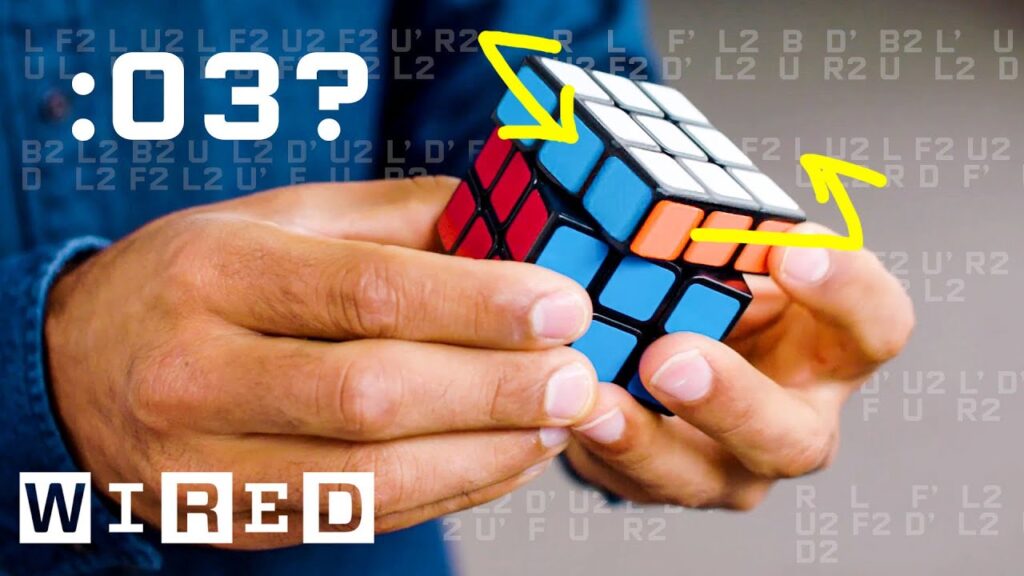Beep Beep Beep: A Q&A on Self-Parking Production Cars
Summary
In this Q&A session, we discuss the self-parking feature of production cars. We take a closer look at the safety measures and operational functionalities of these cars in parking themselves.
Table of Contents
- Introduction: A brief overview of the self-parking feature of production cars.
- Safety Measures: Discussing the safety protocols set in place for self-parking cars.
- Operational Functionalities: Exploring the operational functionalities of self-parking cars.
- Limitations and Advancements: Examining the limitations and potential advancements for self-parking cars.
- Future Implications: Discussing the future implications of self-parking cars in the automobile industry.
- Conclusion: A summarized overview of the Q&A session.
Introduction
Self-parking cars have been an area of interest in the automobile industry for several years. It has become a significant feature in the production cars’ market, offering car owners a convenient parking experience. In this Q&A session, we explore the safety protocols and operational functionalities of self-parking cars.
Q&A
Q: What safety measures are in place for self-parking cars when detecting objects or people in its safe zone?
A: One critical safety measure in self-parking cars is object detection technology, which uses sensors to detect any obstacles or objects in the car’s path. This process is based on the distance estimation between the objects and the car, which ensures that the objects are accurately detected. Similarly, the car’s sensors can detect both stationary and moving objects. In cases where any objects or people are detected in the safe zone, the car will recognize them as objects and avoid them.
Q: Can self-parking cars differentiate between objects and people in its safe zone?
A: Yes, self-parking cars are designed to differentiate between objects and people in their safe zones through advanced computer vision system technologies. This technology utilizes pattern recognition and deep learning techniques to analyze the object’s shapes and movements accurately. This ensures that the car can distinguish between objects and individuals, particularly in crowded environments.
Q: What operational functions do self-parking cars have?
A: Self-parking cars have a range of operational functionalities. They include the ability to park in parallel or perpendicular parking spots, parking maneuvers such as back-in, front-in, and diagonal parking. Self-parking cars can also be triggered to start parking by activating the parking button on the dashboard or even on a mobile app.
Q: Are there any limitations to self-parking cars?
A: Yes, there are some limitations to self-parking cars. One significant limitation is that the car requires optimal environmental conditions to park successfully. This means that the car needs to operate under certain weather (e.g., not too much snow) and light conditions. Additionally, self-parking cars require well-maintained parking areas, particularly those correctly labeled with parking spaces. Any obstructions or mismatched labeling can limit the car’s ability to park properly.
Q: What advancements do you see in the future of self-parking cars?
A: The future of self-parking cars is promising, with advancements in deep learning techniques, computer vision, and the use of artificial intelligence. One significant development is the development of fully automated self-parking cars without the need for human intervention. Additionally, self-parking cars can have more advanced features such as voice control systems, remote control operations with mobile apps, and even smart parking, whereby the car can locate parking spots and reserve them in advance for the user.
Conclusion
Self-parking cars have revolutionized the way we park our cars, offering convenience and safety. However, despite the advantages, these cars still face some limitations such as weather restrictions and well-maintained parking areas. Nevertheless, rapid advancements in technologies such as artificial intelligence and deep learning techniques promise a promising future for self-parking cars.







